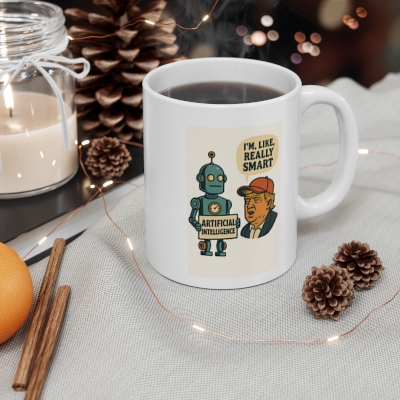What We Have Learned in Manufacturing
Over at The Peggy Smedley Show last week, I took a deep dive into the history of manufacturing, walking through the four industrial revolutions, looking at the evolution of manufacturing and technology. The hope was to identify how to move forward, amid the latest advances in AI (artificial intelligence), machine learning, deep learning, and more. [...] The post What We Have Learned in Manufacturing first appeared on Connected World.

Over at The Peggy Smedley Show last week, I took a deep dive into the history of manufacturing, walking through the four industrial revolutions, looking at the evolution of manufacturing and technology. The hope was to identify how to move forward, amid the latest advances in AI (artificial intelligence), machine learning, deep learning, and more.
To help examine this further, Simon Floyd, general manager, manufacturing and mobility, Microsoft, joined me to discuss the history of manufacturing and technology. He shared with me about when we saw the first big analog dials turning up in manufacturing, plastic injection molding, PLCs, (programmable logic controllers), machine vision, computer vision, the IoT (Internet of Things), predictive analytics, and deep learning and machine learning.
“We were forging our way toward an AI future,” he says. “Now where we are in manufacturing is the era of Copilots.”
What Have We Learned?
As I have always said here at Connected World, digital transformation is a journey, not a destination. Floyd echoes that sentiment and makes an interesting point, which I think is worth considering.
“To me, this is what brought scale to manufacturing itself is not just the utility of it, but its ability to be used in a repetitive fashion because we are doing scale manufacturing, trying to make as many things as we can, and often in different locations, but also the utility of the core technology to adapt and do new things where you have a common base that you can go from,” he says.
If we look at the history of manufacturing, there are a lot of layers to unpeel on this onion. The industrial revolutions help to paint a picture of where we have been so we can understand where we are headed. I detail them in more depth on The Peggy Smedley Show, but here is a quick glimpse.
- First industrial revolution: when work switched from creating goods by hand to using machines.
- Second industrial revolution: advances in the creation of steel, electricity, and petroleum and the advent of the internal combustion engine and new methods of communication such as the telephone.
- Third industrial revolution: the information age when we saw the invention of computers, electronics, automation, and space travel. Programmable logic controllers and robots brought a new era to manufacturing.
- Fourth industrial revolution: also known as Industry 4.0 we are now seeing the rise of the IoT (Internet of Things) and AI (artificial intelligence), which is transforming how manufacturers do business.
At the end of the day, Floyd says what we have learned is, “If we think we can continue on the way we always have and achieve new things and get advancement in this industry, we are kidding ourselves. I love this saying, ‘What got you here is not going to get you there.’”
Certainly, there are different iterations of that saying and phrase, but there is a big takeaway to consider here for the manufacturing industry.
“I love what it says because it is very true,” says Floyd. “I feel like now is that moment where we should be learning from what we have done in the past and what worked, but we should be reframing it with what we have available with technology and then using that to go forward. The most innovative and the most responsive manufacturers in the world are the ones that are in fact embracing this now.”
How Do We Move Forward?
With all this in mind, how do we then use what we have learned from the past to move forward? Floyd gives two very interesting pieces of advice to today’s manufacturers that are looking to leverage new technologies. The first piece of advice is this: don’t stop.
“Don’t stop,” he says. “What I find is you won’t get there if you get disenfranchised halfway, if you find detractors get in front of you, and they make you believe there is nowhere to go with it. It is conviction. Don’t stop.”
He continues, saying most companies love the quick win: install it, use it, done. But then in manufacturing most people would say rarely does that process actually work because the company has special techniques. Thus, it becomes more like a journey, so don’t stop.
The second piece of advice for companies looking to the future is to think about building a center of excellence in the organization—one that maybe its charter is adoption of AI in the organization. Maybe it is there to create guidance, governance, or something else. He suggests this center of excellence is a productive part of the organization, but its goal is to drive innovation through technology.
This is, perhaps, how we move forward in a new era. We recognize what has happened before, keeping an eye on the needs of the workforce and industry today, while looking to the future. As Floyd told me, what got you here is not going to get you there. We need to be learning from what we have done in the past and what worked, but we should be reframing it with what we have available today. Let’s move forward into this new era of innovation, together.
Want to tweet about this article? Use hashtags #IoT #sustainability #AI #5G #cloud #edge #futureofwork #digitaltransformation #manufacturing #Copilot #industrialtransformation #MicrosoftAdvocate
The post What We Have Learned in Manufacturing first appeared on Connected World.













